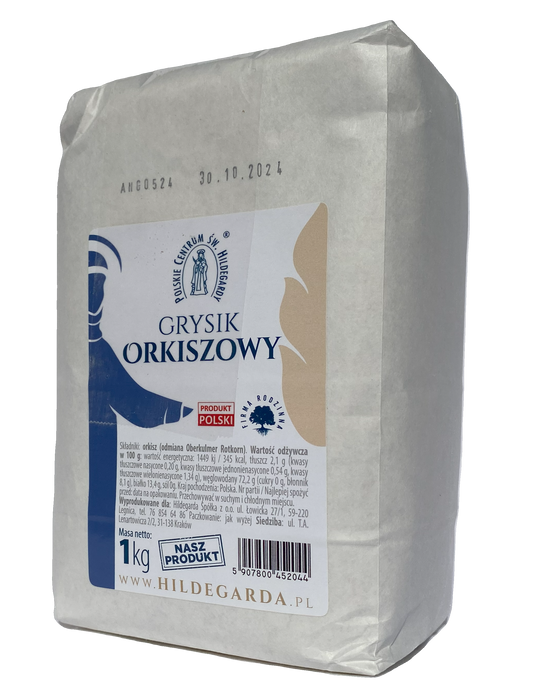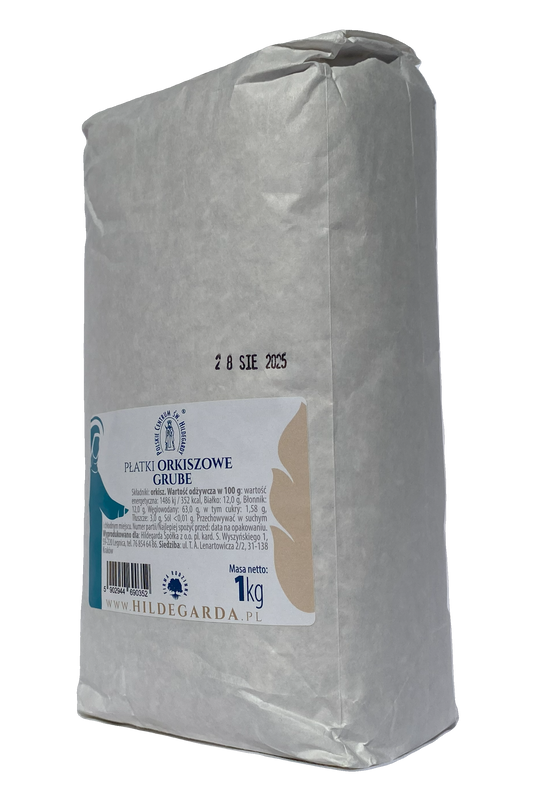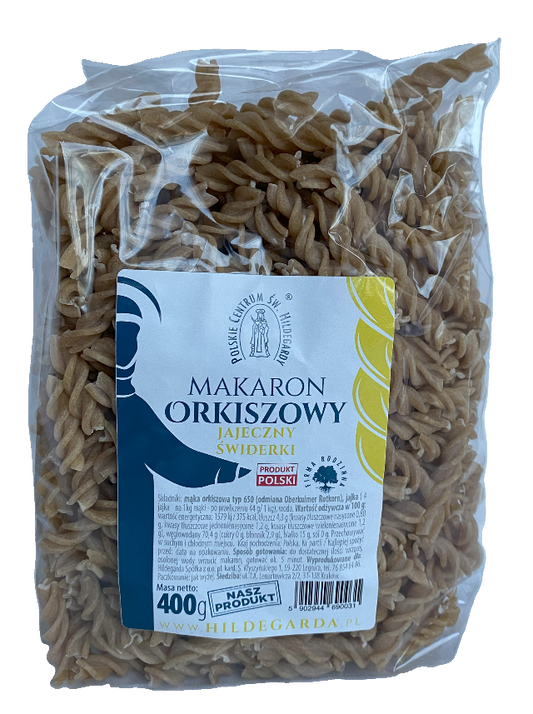Spelt
What is Spelt?
Spelt is a grain that belongs to the Poaceae family, which is commonly known as the grasses.
History of Spelt
Spelt has a long and rich history, with evidence showing that it was cultivated by early civilizations, including those in Mesopotamia, around 9000 years ago. Often referred to as the "marching grain" of the Roman army, it was a staple for soldiers on the move. Legend has it that warriors in what is now Germany consumed spelt before battles, impressing the Roman legionaries, who subsequently incorporated it into their own diets. This grain provided sustained energy, enabling them to travel long distances.
References to spelt can also be found in the Bible, specifically in the Book of Exodus and the Book of Ezekiel. From around 2500 to 1700 BCE, spelt was cultivated in central Europe and later thrived in the poorer soils of the Alpine valleys and foothills. Up until the 20th century, it remained a widely cultivated grain in southern Germany, Switzerland, and Austria.
The migration of people from Europe to America in the late 1800s brought spelt to the New World, where by 1910, over 600,000 acres were being harvested annually. However, by the 1970s, its production in the USA nearly disappeared due to modern farming techniques and the hybridization of wheat, which offered more efficient yields. A similar trend was observed in Europe, where traditional grains like spelt, known for their protective husk, fell out of favor. The husk, although difficult to remove, provides significant advantages: it protects the grain from pests and adverse weather conditions, thus reducing the need for harmful pesticides. Remarkably, spelt is less contaminated with radioactive fallout than wheat, as seen after the Chernobyl disaster, where spelt showed ten times lower levels of contamination than wheat.
Easy to Grow and Naturally Organic
Spelt is remarkably easy to grow and does not require fertilizers or specific soil conditions. It flourishes in a variety of terrains, even at altitudes above 1000 meters. Its hardiness makes it resistant to cold and various diseases. Typically sown in autumn, it is harvested at the end of summer in August. This grain thrives naturally without chemicals, exhibiting resilience to both drought and excessive rainfall. It can also be repeatedly planted in the same location while still yielding good harvests.
As a true whole grain, spelt retains its beneficial nutrients throughout the milling process, unlike many modern wheat products, which often lose these healthful components. Notably, spelt bread contains nearly 50% more high-quality protein than bread made from modern wheat, making it an attractive option for those following a lower-carb diet. It’s also favored by individuals with sensitivities to contemporary wheat varieties. While spelt does contain gluten, its structure differs from that of modern wheat, making it easier to digest. Many individuals with food allergies find spelt more tolerable, as it does not produce the same stress proteins that are often responsible for allergic reactions.
Health Benefits of Spelt
Spelt is low in a category of short-chain carbohydrates known as FODMAPs (Fermentable Oligosaccharides, Disaccharides, Monosaccharides, and Polyols), which can lead to digestive discomfort. This makes it gentler on sensitive digestive systems compared to many modern wheat varieties, which have been bred for high gluten content. The gluten in spelt is more fragile and soluble in water, enhancing digestibility and allowing nutrients to enter the bloodstream efficiently.
High in fiber, spelt not only aids digestion but also contributes to lowering cholesterol levels. Foods rich in fiber move through the digestive tract more swiftly, which research indicates is important for reducing the risk of bowel cancer. Additionally, spelt’s long-chain carbohydrate structure ensures that energy is released slowly, and it has a lower glycemic index compared to many grains. This lower GI may help improve insulin sensitivity, meaning that the body requires less insulin to manage blood glucose levels.
In terms of nutrition, spelt is packed with essential vitamins and minerals. It contains significant amounts of B vitamins (B1, B2, B6), which help convert food into energy and support nerve and muscle health. Vitamin E, found in spelt, acts as an antioxidant, protecting cells from damage caused by free radicals. Additionally, spelt is rich in magnesium, vital for muscle and nerve function, as well as potassium and iron, which are crucial for oxygen transport in the blood. Manganese in spelt supports digestion, bone health, and proper functioning of the nervous system. One of spelt’s unique components, thiocyanate, enhances immune function and promotes the growth of various cell types within the body, making it a significant addition to any diet. It protects against allergies and cancer. By stabilizing cell walls, it prevents substances that cause cancer from penetrating into the cells, thereby protecting them from the development of cancerous changes.
Heart and Bone Health
Spelt is also an excellent source of phytoestrogens and lignans, compounds that can positively influence cholesterol levels, blood vessel elasticity, and bone metabolism. Research suggests that these phytonutrients may slow the growth of tumors in hormone-related cancers and have beneficial effects on cardiovascular health. Furthermore, spelt has been noted to help alleviate menopause symptoms and support bone health, making it a versatile grain for various health concerns.
Mood and Mental Health
Recent scientific findings indicate a strong connection between gut health and emotional well-being. Digestive issues, such as irritable bowel syndrome (IBS), can often coincide with anxiety and depression. A healthy digestive system contributes to a more positive emotional state. Spelt contains tryptophan, an amino acid that serves as a precursor to serotonin—the hormone associated with feelings of happiness—as well as melatonin, which regulates sleep patterns. Importantly, spelt provides all nine essential amino acids that the human body cannot produce on its own, making it a complete protein source.
-
 Sold out
Sold outCream of Spelt Cereal 1kg (2.2lbs)
Regular price $9.99 USDRegular priceUnit price / per$0.00 USDSale price $9.99 USDSold out -
Light spelt flour type 650 „Hildegarda” - 1 kg (2.2 lbs)
Regular price $6.99 USDRegular priceUnit price / per -
Rolled Spelt (Large) 1kg (2.2lbs)
Regular price $9.99 USDRegular priceUnit price / per -
Spelt Pasta, Egg Angel Hair "Hildegarda" 400g (14.11oz)
Regular price $7.99 USDRegular priceUnit price / per -
Spelt Pasta, Egg Fusilli "Hildegarda" 400 g. (14.11 oz.)
Regular price $7.99 USDRegular priceUnit price / per -
Whole Spelt Flour "Hildegarda" 1kg (2.2lbs)
Regular price $6.80 USDRegular priceUnit price / per






